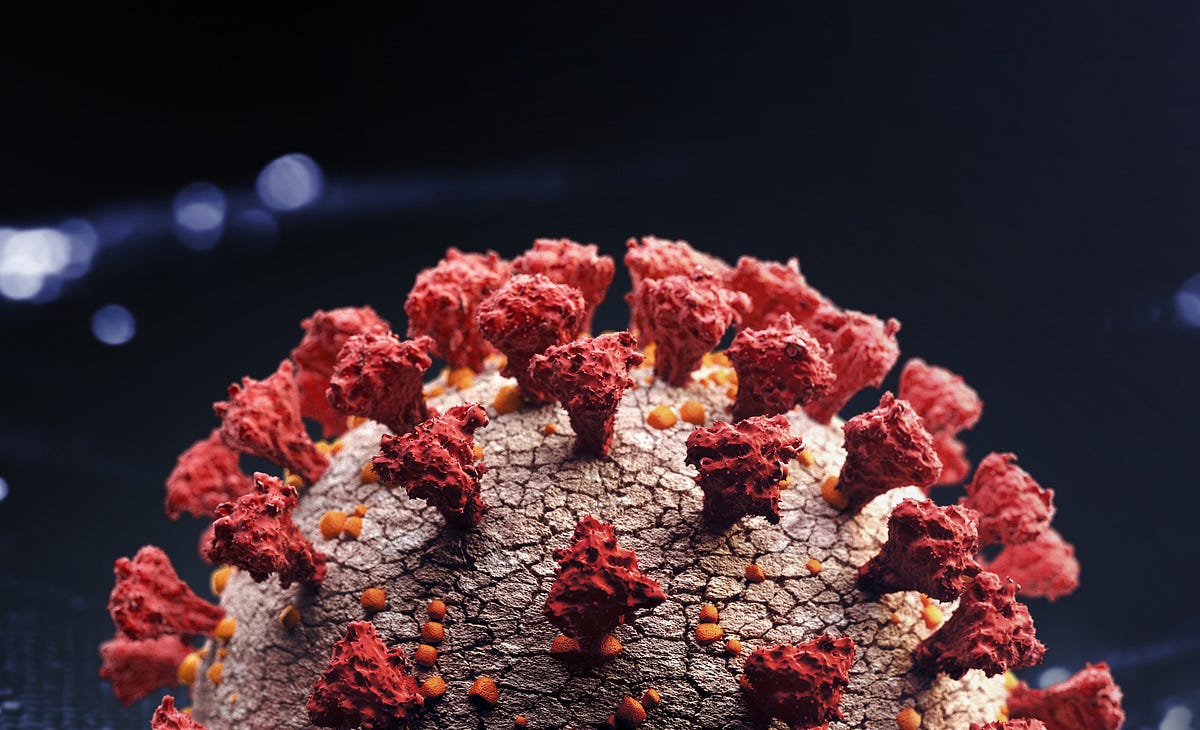Let's put this in perspective..
Imagine a community with rampant infection, no vaccination.
Now, imagine you drop 2 1,0000 person groups into the middle of this community..
Group A - 10,000 unvaccinated individuals, dropped into this community with wide virus spread. They don't use masks, they don't socially distance. Eventually, 80% will get infected before herd immunity. So 8000 of the 10,000 will get infected. Let's say there is a fatality rate of 1%... so out of the 8000 who get infected, 80 will die.
Now, group B -- 10,000 vaccinated individuals (90% effective vaccine) gets dropped into the middle of the community. Instead of 8,000 getting infected... it's down to 800. That's still a lot of people. Instead of 80 people dying, it's "only" 8 people. Now, evidence suggests the vaccines are even more effective against death -- closer to 98-99%. So, it may be "only" 1-2 deaths.
That's a great improvement. Going from 80 deaths per 10,000 people to 1-2 deaths per 10,000 people is fantastic. But is it enough to abandon masks? That would still equate to tens of thousands of deaths on a national level.
Point being: It's about community protection, not individual protection. If you eliminate widespread community infection -- then 90% effective vaccines can work to continue to keep the community safe.... no masks or social distancing required.
But as long as there is widespread community infection, then isolated vaccinations are not very protective.
The goal of the CDC and public health plans: Continue to use ALL measures: social distancing, masking, and vaccines to drive away the virus. Once the virus is basically gone, then vaccinations will prevent it from coming back.

 www.ft.com
www.ft.com




